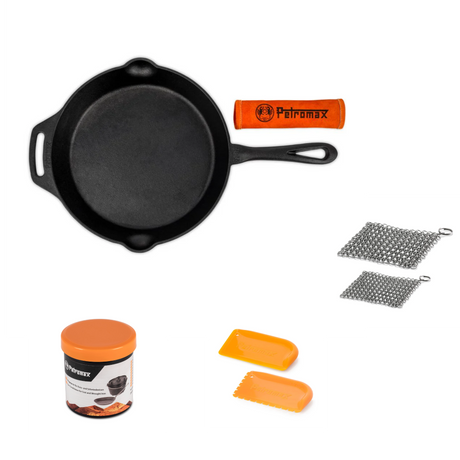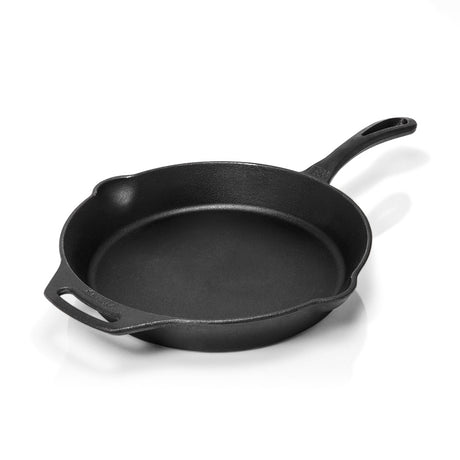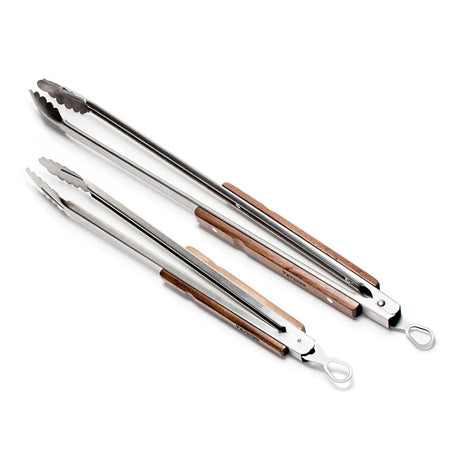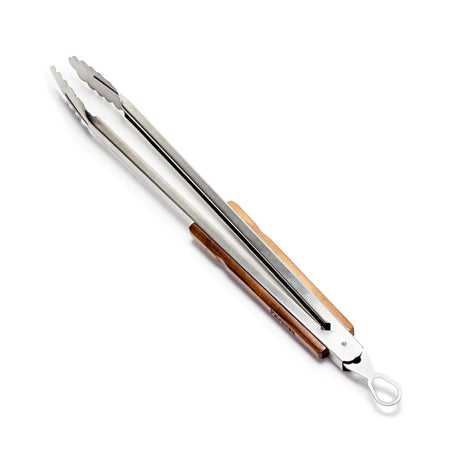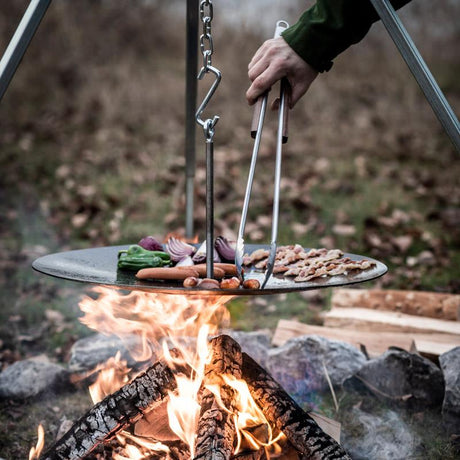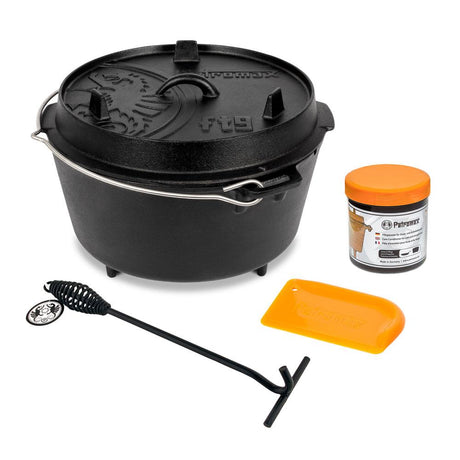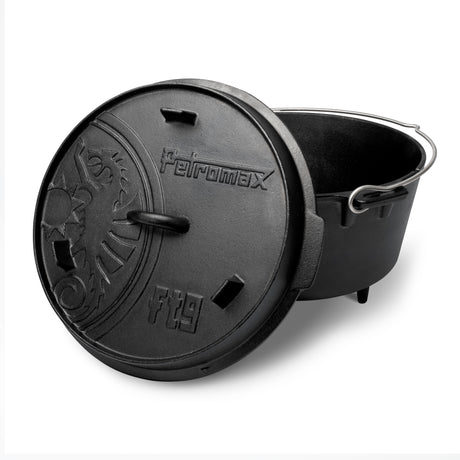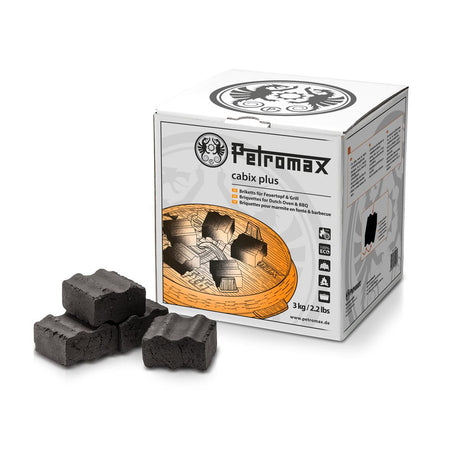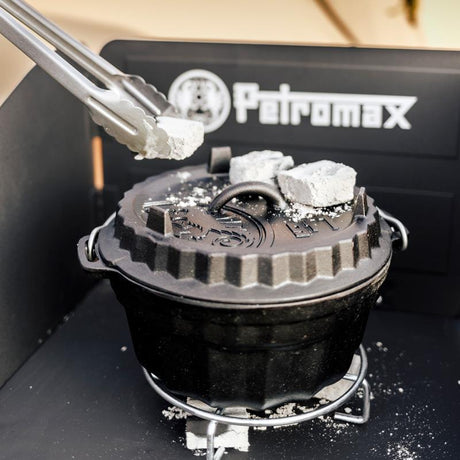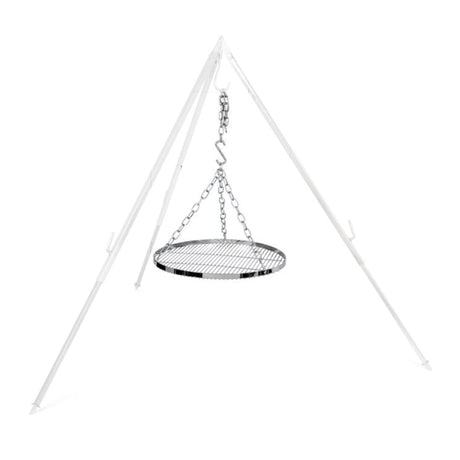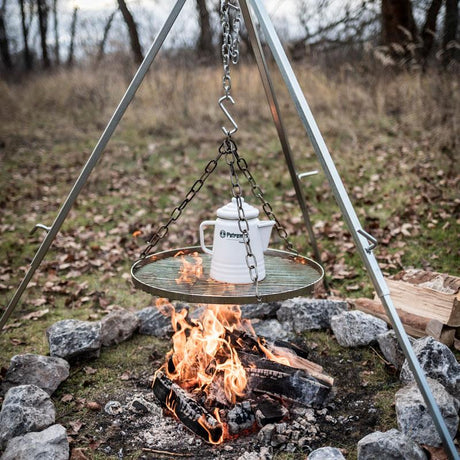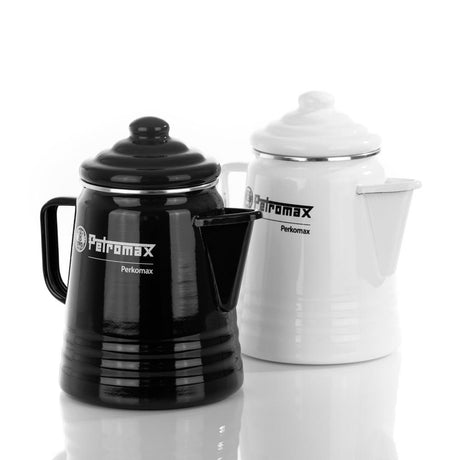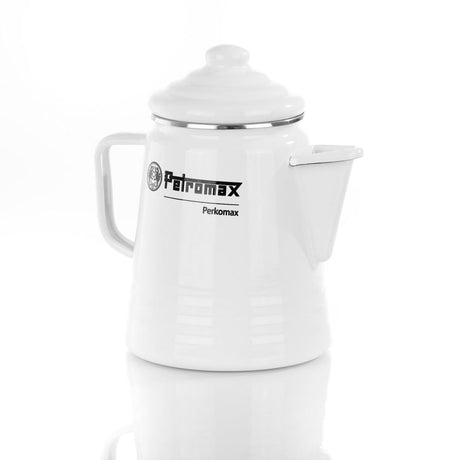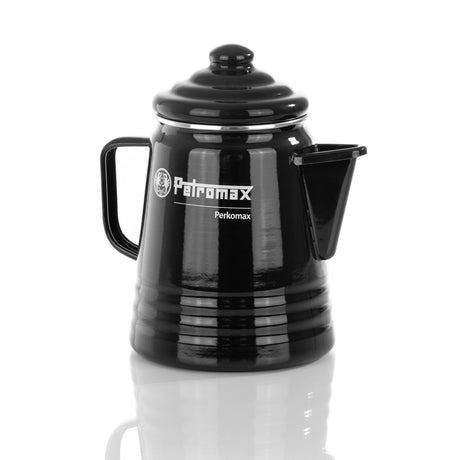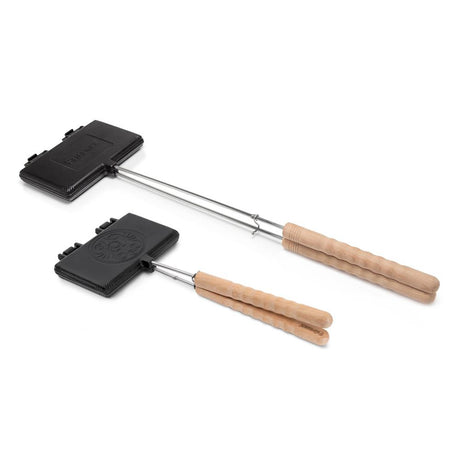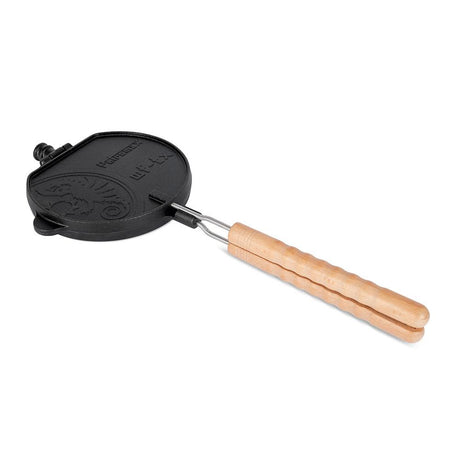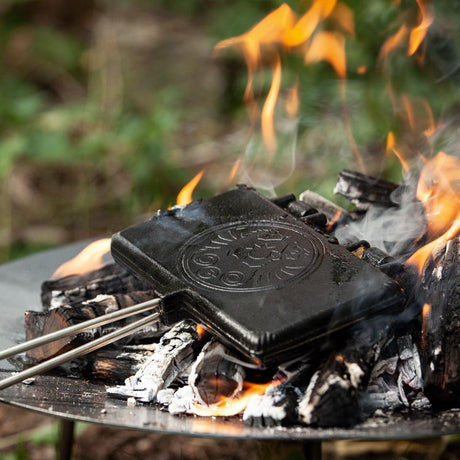Snow under the tires, clear mountain air and the crackling of the gas stove - winter camping with a motorhome is a very special adventure. But if you think you can just drive off, you're wrong. Your motorhome needs a little preparation so that you don't freeze or even get stranded in sub-zero temperatures. Here you can find out how to winterize your vehicle, what to look out for when driving and how to stay comfortable even in freezing temperatures.
Table of contents
How do I winter-proof my motorhome for my winter vacation?
Why are winter tires and snow chains essential for winter camping?
How do I ensure the supply of gas and heating in the motorhome in winter?
How do I protect water tanks and pipes from freezing in cold temperatures?
What is part of the basic equipment and how do I avoid moisture in the camper?
What do I need to consider when driving the vehicle in ice and snow when I'm on the road in my motorhome?
Key points in summary
How do I winterize my motorhome for a winter vacation?
Anyone setting off in a camper van for the first time in winter will quickly realize that the difference between "it'll be fine" and "perfectly prepared" becomes apparent on the first frosty night at the latest.
Start with a thorough winter check. A well-insulated motorhome is half the battle - and insulation means more than just closed windows.
This is how you keep the heat inside the vehicle:
- Window insulation: Exterior insulation made of reflective material (e.g. Hindermann thermal exterior mats) provides the most effective protection because it prevents the cold from entering the vehicle in the first place. Multi-layer thermal mats are suitable for the inside, which you can attach at night using suction cups.
- Floor & doors: Cold creeps in from below! A thin layer of cork or insulating mats under the carpet helps to stop the cold from the floor. You can also retrofit doors with self-adhesive sealing strips.
- Maintain seals: Treat them regularly with silicone spray to keep them supple and prevent them from freezing.
Also make sure you fill the windshield wiper system with antifreeze and check the level of your battery. Cold weather noticeably weakens its performance - and nothing is more frustrating than an engine that won't start in the snow.
If you are often on the road in winter, it is worth taking a look at winter-proof motorhomes with a double floor and heated tanks. They are the top class for winter camping - warm, efficient and stress-free.
 Why are winter tires and snow chains essential for winter camping?
Why are winter tires and snow chains essential for winter camping?
Nothing works in winter without the right tires. Winter tires are mandatory for winter camping in many countries, and for good reason. They ensure that your motorhome stays safely on the road even in ice and snow.
Winter tires with the Alpine symbol (mountain with snowflake) still offer grip even at -10 °C. Make sure the tread depth is at least 4 mm and check the air pressure regularly, as cold air contracts.
Snow chains are your safety net for extreme conditions. Choose robust models that are matched to the weight of your vehicle (e.g. Pewag Snox or König XD series). Practice putting them on in daylight on dry ground - you'll thank yourself when you get the hang of it later in the semi-darkness when it snows.
Also important: clean and dry the chains after each use before storing them. This will make them last longer - and you'll be ready for the next winter adventure.
Make sure that the tires have a tread depth of at least 4 mm and are not older than six years. Only then will they grip well when it gets slippery. Snow chains are also a must - especially for heavy vehicles.
How do I ensure the supply of gas and heating in the motorhome in winter?
There's nothing cozier than sitting in a warm motorhome while the storm rages outside - as long as the heating is on. In winter, it is your most loyal companion, so make sure you have gas supplies and a power supply in good time.
Plan at least two 11 kg gas bottles, as your motorhome can consume up to 2 kg of gas per day when in continuous use. If you are traveling for a longer period of time, get adapters for foreign connections so you can fill your bottles anywhere.
Keep the interior at least 15 °C to avoid humidity and stay comfortable. Many campers combine gas with electric heating if the pitch has more electricity. This protects the on-board battery and saves gas.
A little pro tip: place a bowl of salt or rice in the interior at night - this binds excess moisture and ensures a more pleasant indoor climate.
How do I protect water tanks and pipes from freezing in cold temperatures?
Pipes, boilers and waste water tanks freezing is every winter camper's nightmare. To prevent this from happening to you, you should protect your system in good time.
Many modern motorhomes have heated tanks - if not, you can retrofit special heating mats or insulating covers. A frost monitor is also worth its weight in gold: it automatically opens the valve if it gets too cold and drains water from the boiler before it freezes.
Heat your tank with a 12-volt heating mat or an insulating cover that you simply attach to the outside. Foam pipe insulation also protects pipes from freezing. The boiler is particularly sensitive - a frost monitor automatically opens the valve if it gets too cold and drains water from the boiler before it freezes.
On very cold nights, leave the taps slightly open so that no pressure builds up and nothing bursts. And remember to check regularly that the water tanks and pipes are still clear. With a little care, your motorhome will survive any frosty night - as long as you keep a close eye on the tanks, pipes and boiler.
 What is part of the basic equipment and how do I avoid moisture in the camper?
What is part of the basic equipment and how do I avoid moisture in the camper?
You can prepare your motorhome to be technically perfect - but without the right basic equipment, it will quickly become uncomfortable. The good news is that you can create a real winter home with just a few well thought-out extras.
Indispensable in the camper:
- Anti-condensation mats and insulating foils: they prevent moisture from condensing on the walls.
- Awning: A real game changer - it offers space for wet clothes and shoes and protects the interior from moisture.
-
Warm blankets or sleeping bags: Especially if you want to save gas at night. Here you can find out what you should look out for when buying one:
👉 Finding the right sleeping bag - Floor mats or carpets: They prevent cold feet and immediately make the interior more cozy.
Moisture quickly collects in the camper, especially in winter - when cooking, breathing and heating. So: ventilate regularly, even in sub-zero temperatures! Short bursts of airing is better than tilting a window for hours on end.
What do I need to bear in mind when driving the vehicle in ice and snow when I'm traveling in a camper van?
You're sitting at the wheel, the road glistens slightly white - and suddenly you realize how heavy your vehicle really is. A motorhome reacts differently in winter than in summer: it is only slower, more sensitive and more forgiving if you take it easy.
Drive with feeling and plan ahead. The following applies on icy roads: no abrupt braking, no hectic steering. Reduce your speed and keep a safe distance from other road users. If the snowfall gets heavier, it is better to stop in good time and head for the nearest safe parking space.
And before you set off: Always check the weather forecast and current road conditions. This will help you avoid unpleasant surprises.
👉 Interpreting weather signs correctly - the complete guide to your personal weather forecast
 Key points summarized
Key points summarized
A winter vacation in a motorhome is not for the spontaneous - but it is for the connoisseur. If you prepare your vehicle carefully, you will experience winter at its best: quiet, clear, adventurous.
- Winterize your motorhome - with insulation, well-maintained seals and antifreeze.
- Ensure maximum safety with winter tires and snow chains.
- Plan your gas supplies and keep the interior warm at all times.
- Protect tanks and pipes with heating mats or frost guards.
- Ventilate regularly and use an awning to protect against moisture.
Then nothing will stand in the way of your personal winter wonderland on four wheels.
👉 Read more: Camping in winter - how to stay warm and cozy

